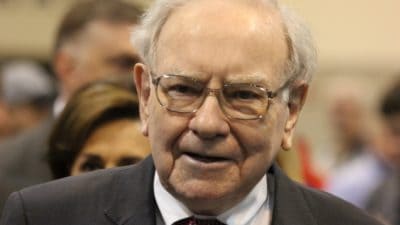Passive income has become somewhat of a buzzword in the past few years, and is now the goal of many investors. At its simplest level, it refers to gaining an income without any ongoing effort – such as working – following an initial investment of time or money.
Though it can be achieved through a number of different avenues, I believe investing for passive income is one of the easiest and safest ways to achieve it. Easy, that is, if you know what to look for. Let’s look at my three main considerations for investing for passive income.
Dividends
Dividends are how you earn passive income from buying shares. Dividends are the way a company distributes profits to its shareholders, and for anyone looking for passive income, is the first thing that needs considering.
Specifically, you want a dividend yield that offers a level of income worth having. The problem is that in many cases, a company offering a high dividend may be trying to entice investors to ignore problems it has elsewhere.
In my experience, a yield of between 4% and 6% is a good, reasonable level to look out for. In today’s low interest rate environment this far exceeds savings or bond rates.
Growth rate
Another key element to consider with dividends is their growth rate. Though it is useful to consider dividends in terms of a percentage, they are actually paid in pence per share. This means that if a company offers the same dividend year in and year out as the share price grows, it will yield less and less over time.
To avoid this, you need to look for consistent dividend growth over at least the previous five years. The past is not always a predictor of the future, of course, but a company that has shown a commitment to dividend payments likely values its shareholders.
Capital
The final issue to consider is the simple fact that you do not want to lose your initial capital. This is often easier said than done, and an area where you need to be particularly careful with shares.
Even the oldest, strongest firm can lose money in its share price, but over the long run, solid blue-chip firms have been shown to outpace inflation and generate capital gains.
For a safer income investment then, I recommend looking predominantly at blue-chip firms with well-established brands. You should create a portfolio that diversifies across sectors and expect to be holding the stock for at least five years.
Examples I back
With these criteria in mind, there are a number of FTSE 100 stocks that I consider to be prime candidates. Oil giants Royal Dutch Shell (LSE: RDSB) and BP (LSE: BP) for example, are both yielding about 6% and have shown consistent dividend growth in the past five years.
In the riskier sector of finance, banking giant HSBC (LSE: HSBA) is currently yielding 6.4%, while the more defensive stock BAE Systems (LSE: BA) currently yields about 4%.
These shares are a good place to consider starting, but by matching the three criteria of a well-branded blue chip, yielding between 4% and 6%, that has shown consistent dividend growth over the past five years, you can start to generate passive income with your own choices and even the smallest level of capital.







